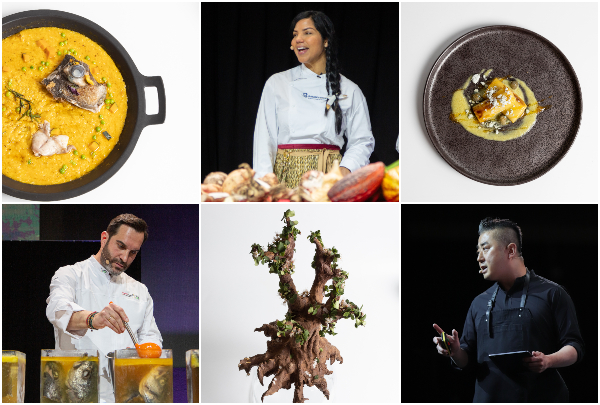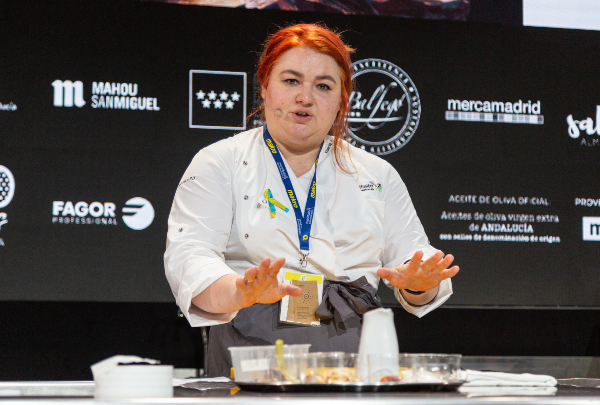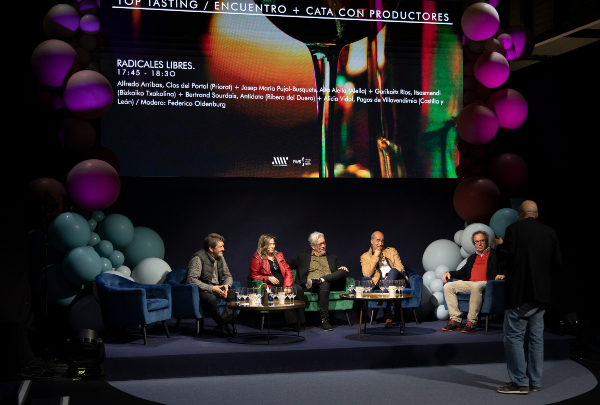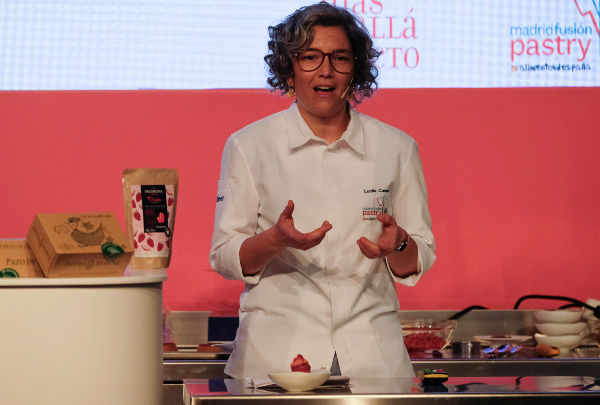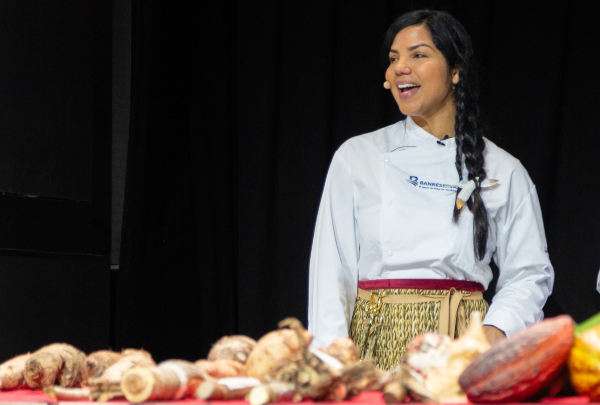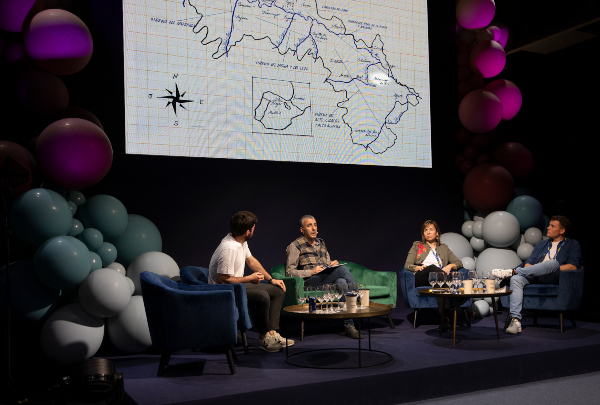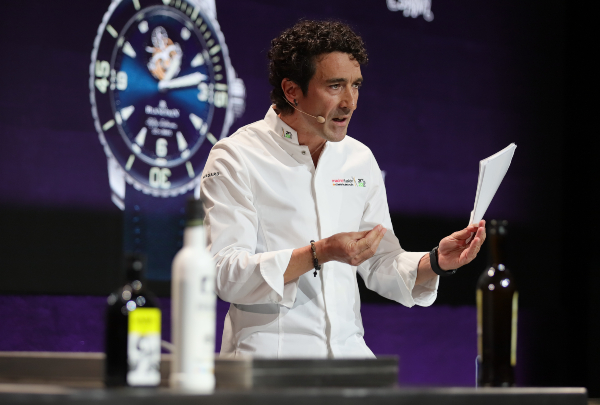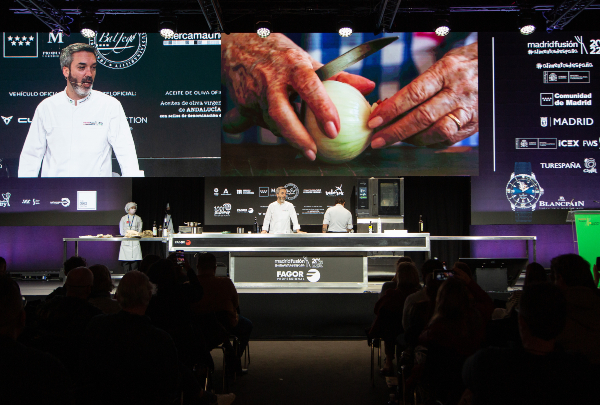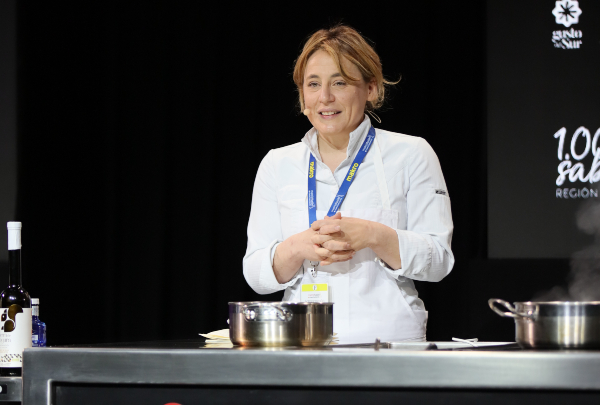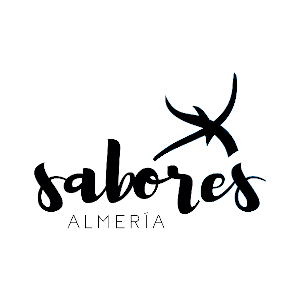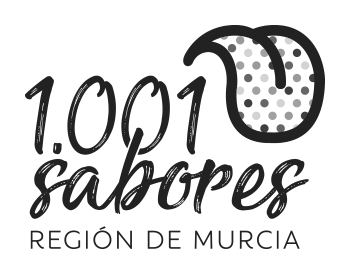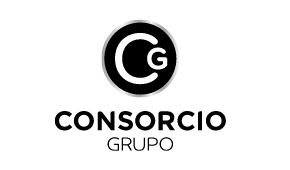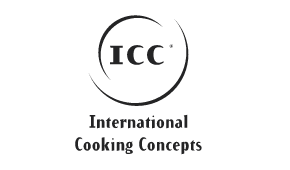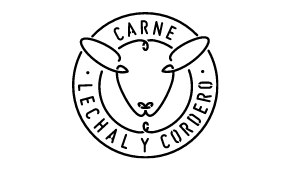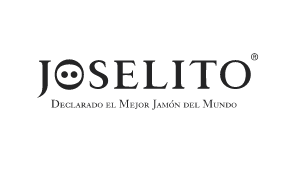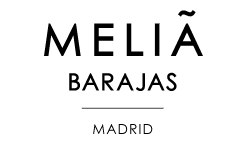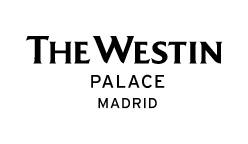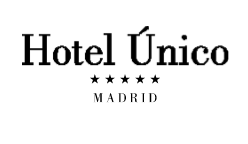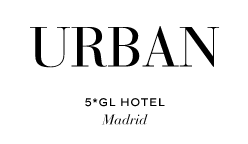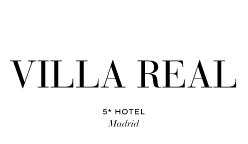News
The sweet simplicity of the Torreblanca cakemakers
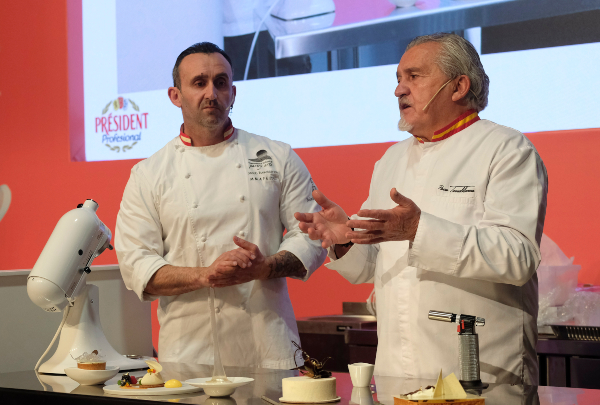
Paco and Jacob combine "aesthetics and taste" in their cakes, and allow themselves the pleasure of revealing that the secret is in the cream.
The Torreblanca surname is a genuine institution in Spanish pastrymaking, and one of their live master classes is a genuine privilege. And if you are lucky enough to be at one featuring both father and son, Paco and Jacob Torreblanca, this makes it a piece of luck available to a select few only. Specifically, those attending Pastry Fusión as part of Madrid Fusión Alimentos de España, who had the pleasure of watching the preparation of two desserts where milk, the main feature in many pastry recipes, was also the main topic of this talk by father and son.
The first thing that strikes you about Torreblanca desserts is their size. No one should expect those large-scale cakes. The situation we are experiencing forced them to "reduce the size of the cakes and cut down the portions, but never to the detriment of aesthetic concerns", something which has always been extremely important in the Torreblanca cuisine, as Paco points out. Because the aesthetics of pastrymaking are everything, although they cannot take priority over taste.
During his travels around the world he noticed that many pastrymakers did everything in moulds "with no attempt to make any distinctions", a circumstance which led him to wonder whether taste was being sacrificed for the sake of aesthetics. His conclusion is blunt: "If we can combine aesthetics with taste, so much the better". And they have been doing just that for generations.
This new conception of pastrymaking, with milk acting as the common denominator, enabled them to produce a regal rice, with black truffle and vanilla-flavoured isomalt crystal. A dessert with a base of "sweet risotto, with black truffle and vanilla", where the keynote is "making it with butter". This is then covered with a chocolate disk with vanilla, "which has to be very thin to make it crunchy in the diner's mouth, with no need to break it up", explains Paco, and another layer of truffle. This is all covered with the isomalt crystal in the shape of an inverted bell, which is where the warm milk will be poured "in front of the customer" for all the ingredients to blend together and bring about "an explosion of taste in the mouth", added Jacob.
And since milk is the main feature, there can be no dessert without cream, and in this regard Paco Torreblanca explained that "it must be very thin, very stable, almost like meringue". The method is 'simple', and it was his son Jacob who had the idea. "You have to whip the cold cream and add pieces of frozen cream (already whipped), to obtain the texture" his father spoke of. This produces a dessert of yuzu with vanilla bavaroise, pistachio sponge and caramel garnish. A marvellous gift for the senses.

 600.jpg)
